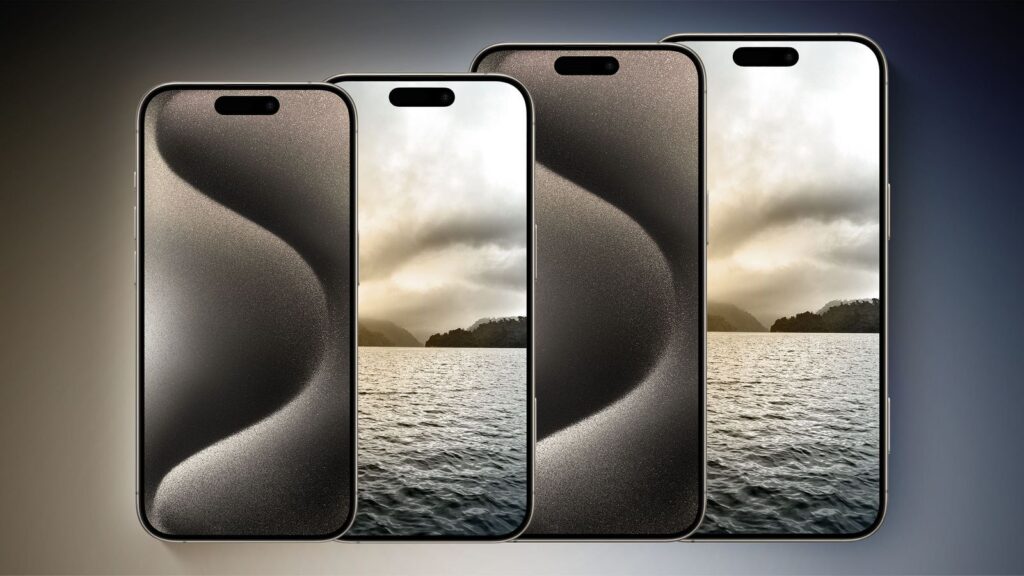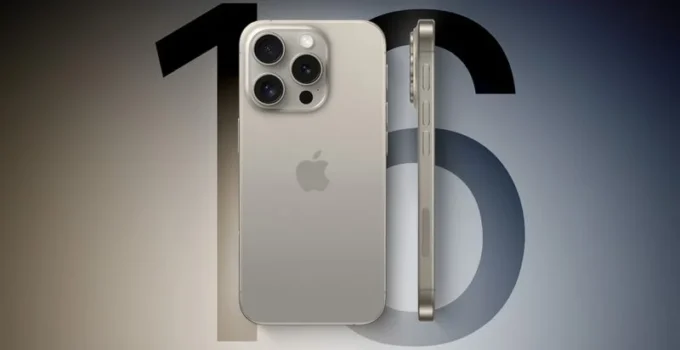iPhone 16 to Feature Ultra-Thin Bezels with New Heat Dissipation Tech. Apple is set to revolutionize the design of its upcoming iPhone 16 series with the introduction of ultra-thin bezels, signaling a significant leap forward in maximizing screen real estate. This advancement is attributed to Apple’s adoption of innovative Border Reduction Structure (BRS) technology, meticulously engineered to compress the copper wiring inside the phone, thus minimizing the bottom bezel’s prominence. This design approach aims to encompass all four variants of the iPhone 16 series slated for release later this year, marking a unified aesthetic enhancement across the lineup.
Critical Bug in macOS 14.4 Leads to Loss of iCloud Drive File Versions: What You Need to Know
Historically, Apple has explored similar technological avenues to reduce bezel thickness in its iPhone models. However, challenges such as overheating thwarted these endeavors. Recent breakthroughs in heat dissipation technology, however, have now made it feasible for Apple to finally integrate BRS technology into its devices, promising a sleeker design without compromising performance.
The push towards slimmer bezels isn’t entirely new for Apple. The iPhone 15 Pro models witnessed a notable reduction in bezel size, achieved through the employment of low-pressure injection overmolding. This process trimmed the display border down to a mere 1.5 millimeters, a significant reduction from the approximately 2.2 millimeters seen in the iPhone 14 models. Despite these efforts, the overall screen size has remained largely unchanged since the debut of the iPhone 12 series in 2020. The introduction of the iPhone 16 series is poised to alter this status quo dramatically.

The upcoming iPhone 16 Pro and iPhone 16 Pro Max are expected to boast substantially larger displays than their predecessors, measuring 6.3 inches and 6.9 inches, respectively. This increase in screen size is accompanied by a slight adjustment in the devices’ dimensions, rendering the iPhone 16 Pro and Pro Max both taller and wider than the iPhone 15 Pro and Pro Max. Such alterations not only enhance the visual experience for users but also provide Apple with additional internal space for components. This could potentially lead to larger battery capacities and extended device autonomy, further enriching the iPhone user experience.
The standard iPhone 16 and iPhone 16 Plus models, however, will maintain their current size dimensions, mirroring those of the iPhone 15 and 15 Plus. This strategic differentiation in design and feature set across the iPhone 16 lineup underscores Apple’s commitment to offering a diverse range of options to cater to varying consumer preferences and needs.


